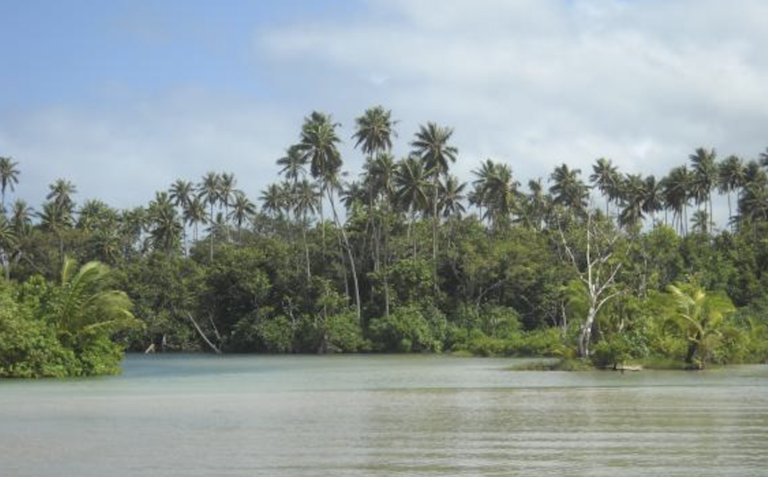The Climate Risk and Early Warning System Initiative (CREWS) has announced a new four-year US$4.8m project to strengthen hydro-meteorological early warning systems in the Pacific.
The project aims to improve the early warning capabilities of national and regional hydro-meteorological centers and strengthen existing governance structures. The project is due for completion in December 2024, and is jointly implemented by the WMO, the UN Office for Disaster Risk Reduction (UNDRR), and the World Bank Global Facility for Disaster Reduction and Recovery (WB-GFDRR).
According to the WMO, of the 4.3 billion people living in Asia Pacific, it is the 2.3 million inhabiting the Pacific’s Small Island Developing States (SIDS) who face the highest level of disaster and climate risk.
The new project, known as CREWS Pacific SIDS 2.0, is the second regional CREWS project in the Pacific and seeks to strengthen existing early warning systems that are part of the region’s stronger and more comprehensive human security and resilience agenda.
“Proportionally to the impact of climate change in SIDS, a mere 2.2% of related finances are targeted to these nations. CREWS focuses its long-term financing exclusively on these vulnerable countries,” said John Harding, head of the CREWS Secretariat.
The project will include tailored trainings on weather, water and climate products and systems, community-based EWS activities to assist selected communities with their early warning efforts, and enhanced EWS communication and awareness programs with a focus on inclusivity.



